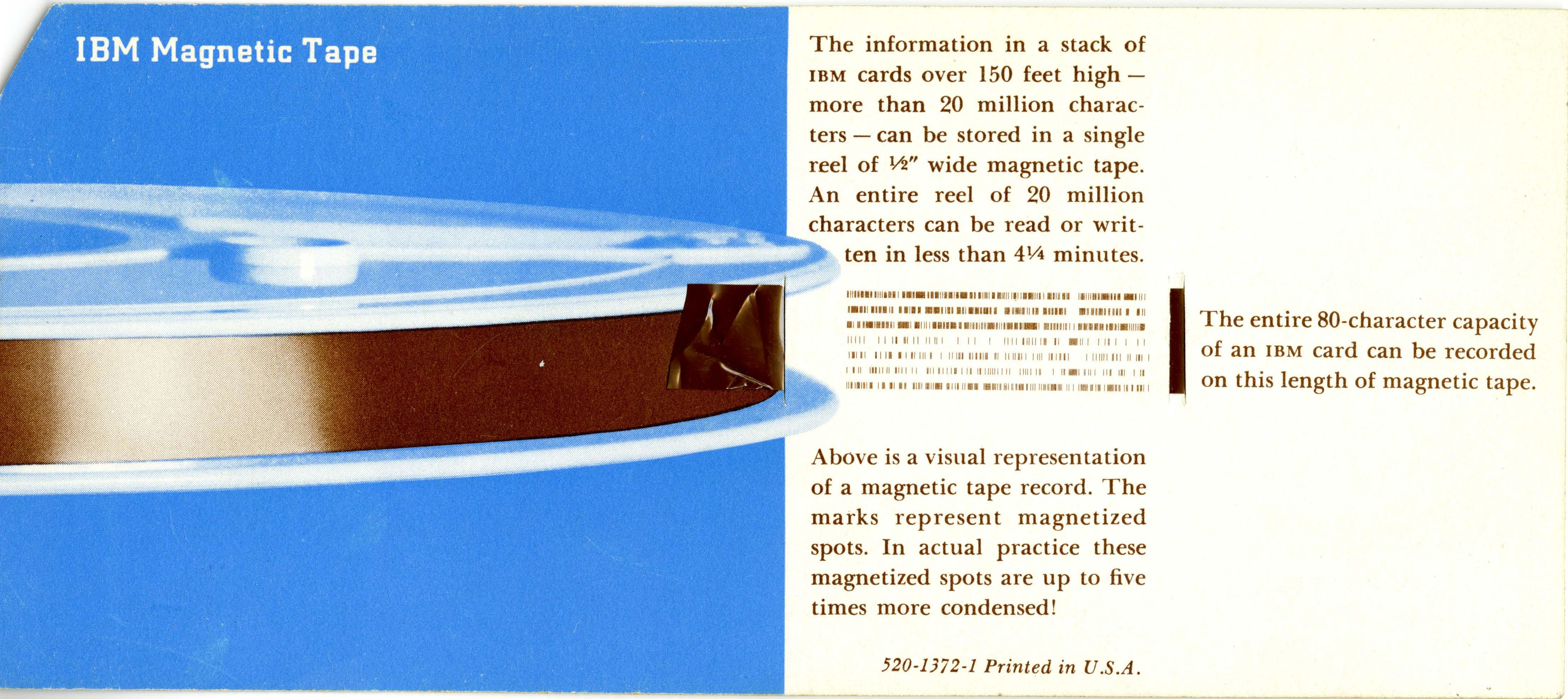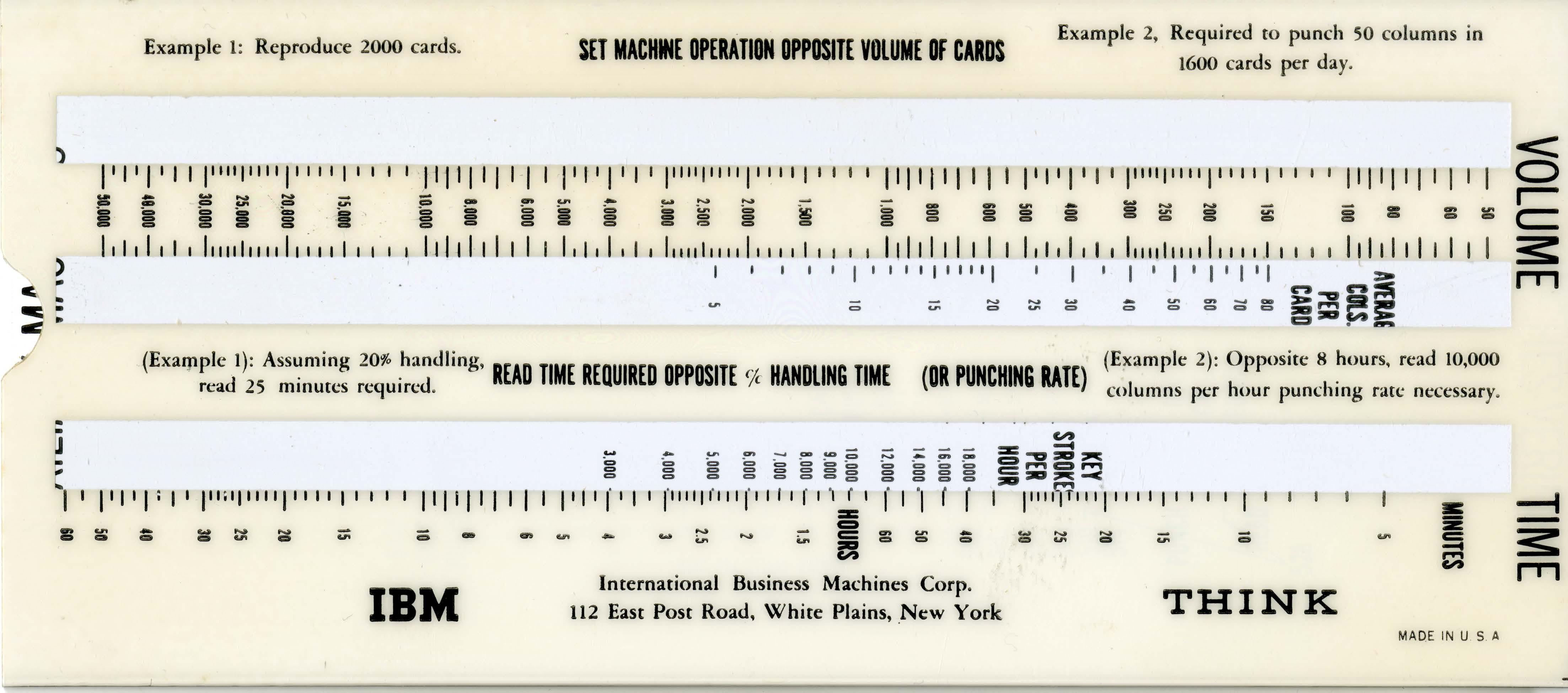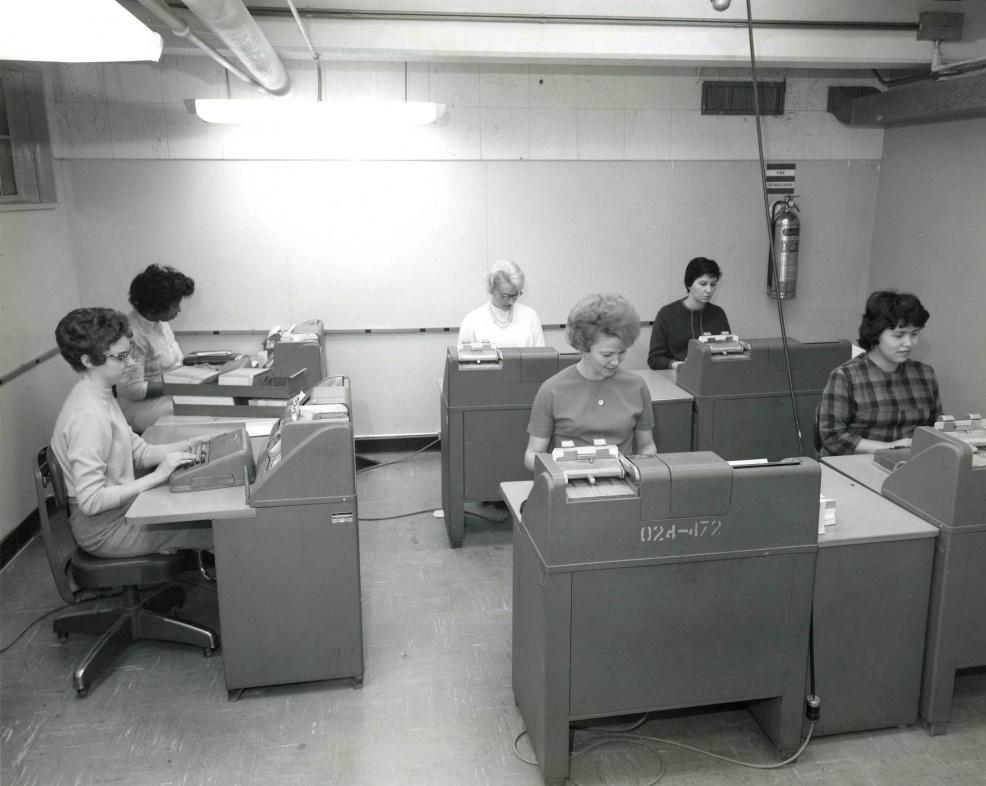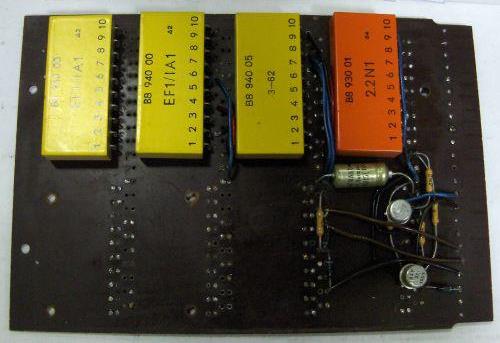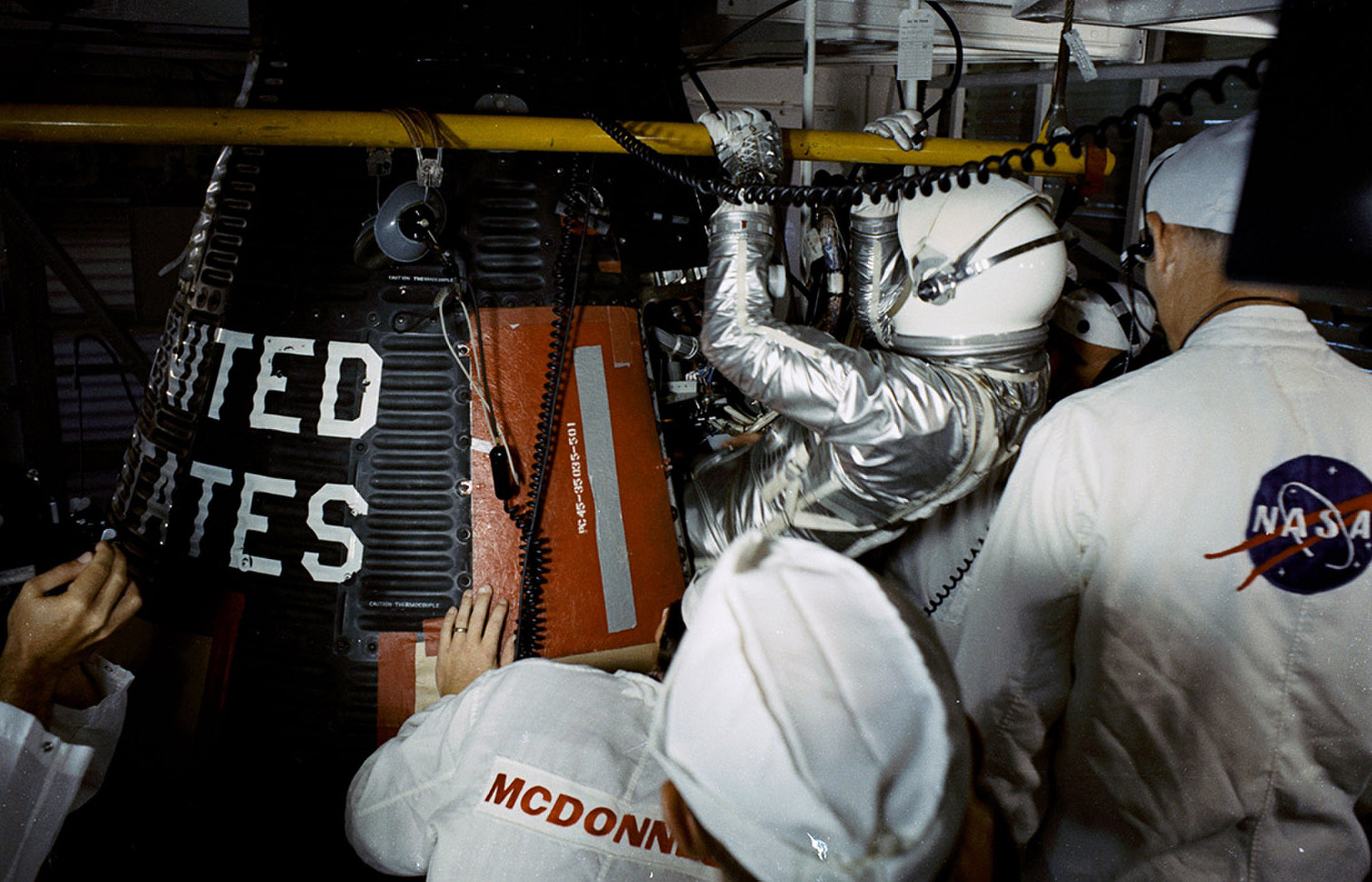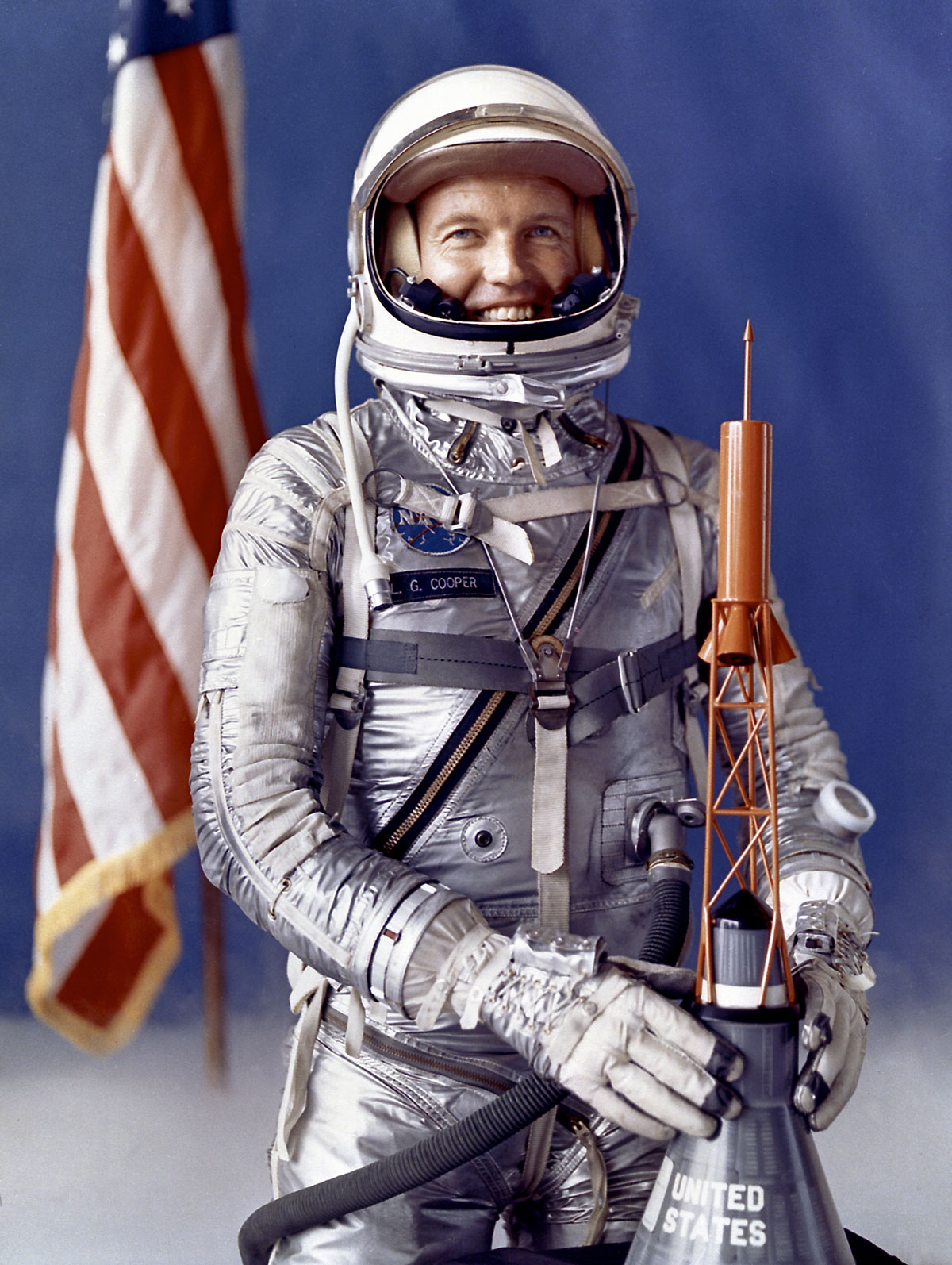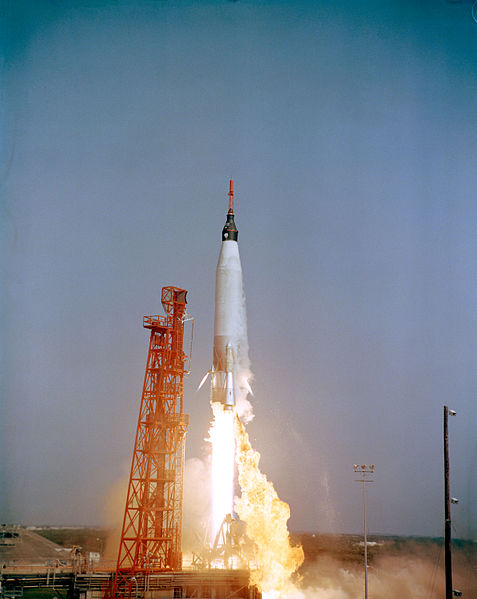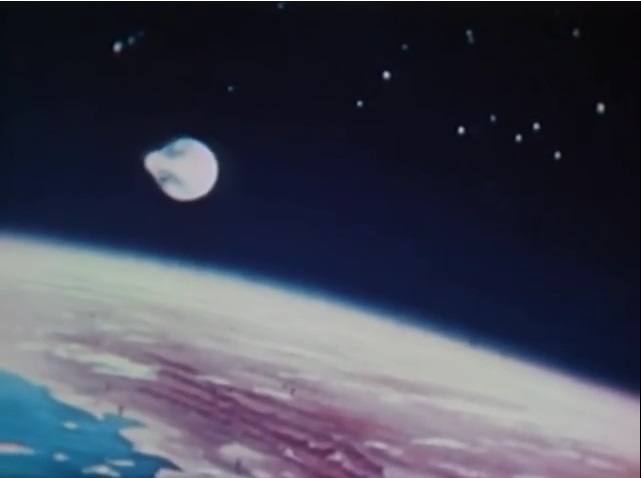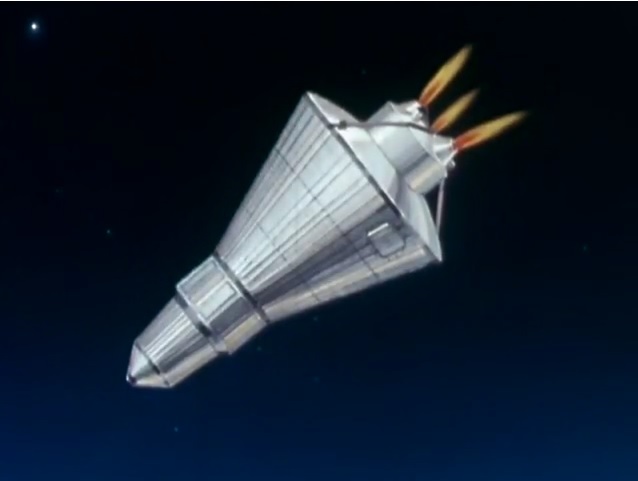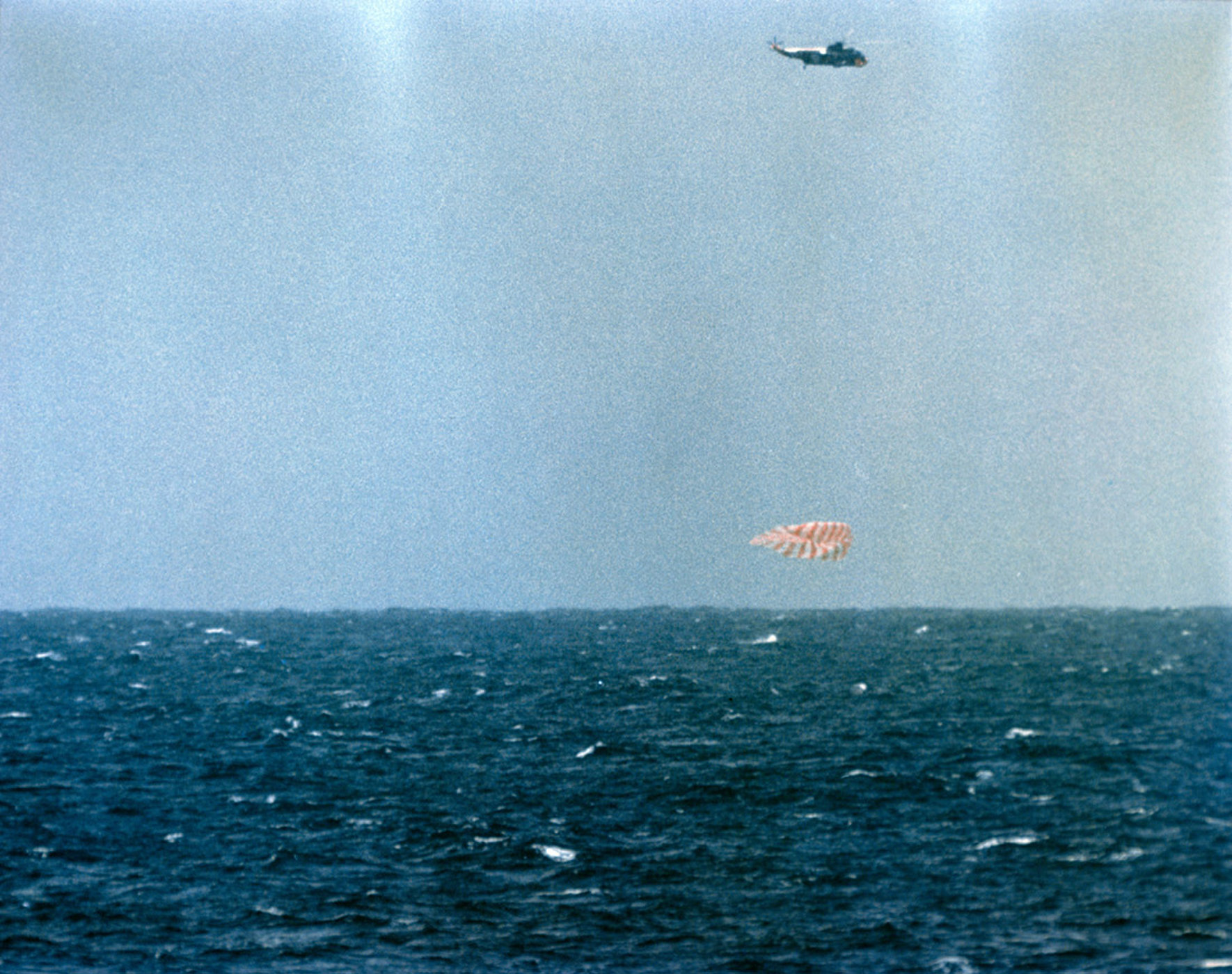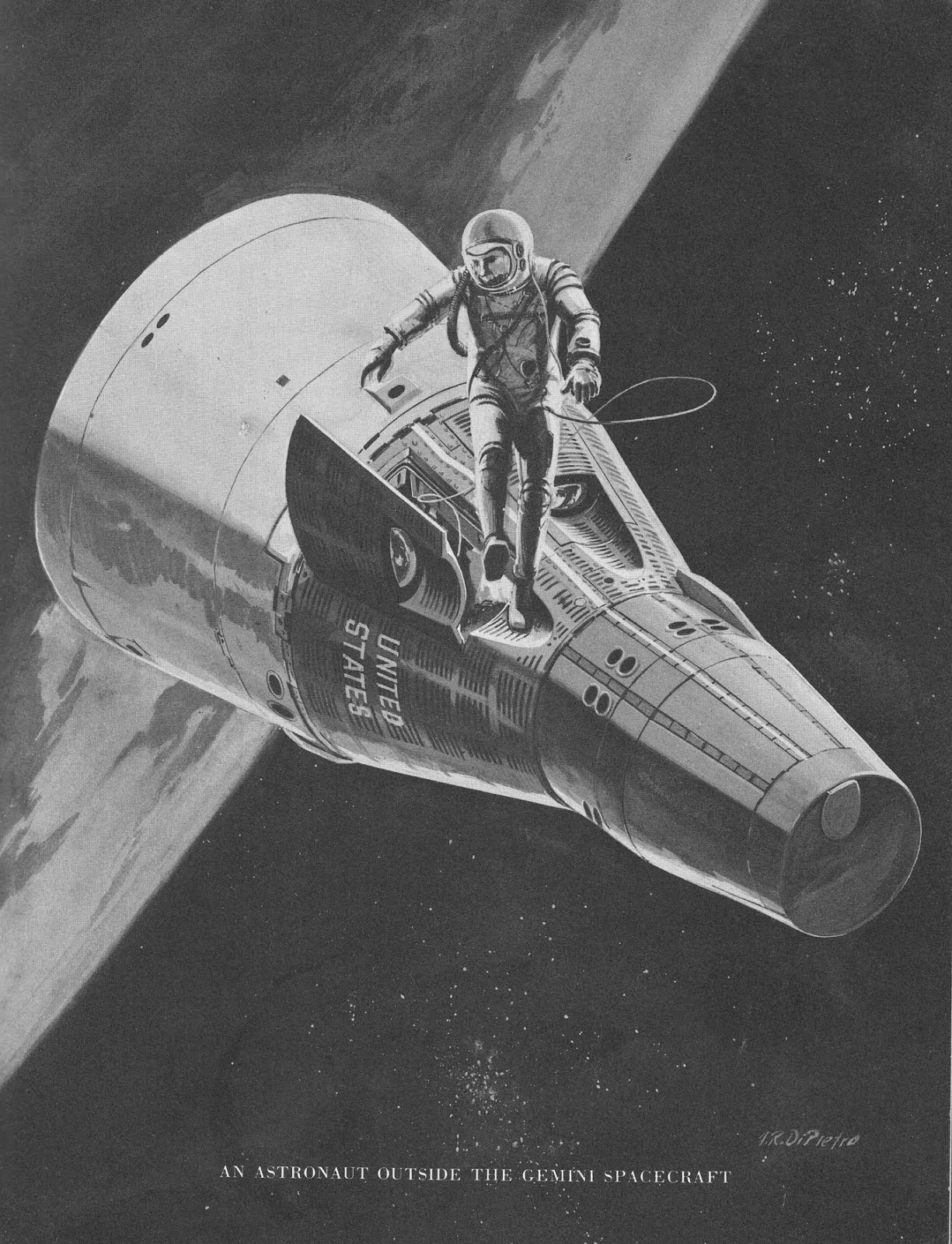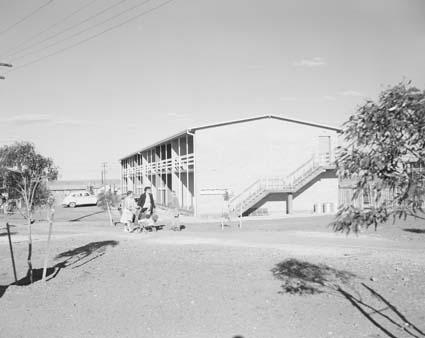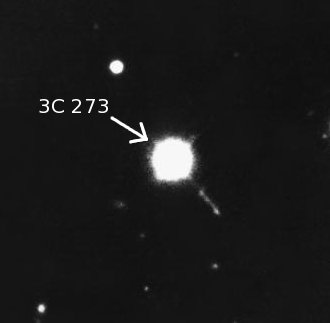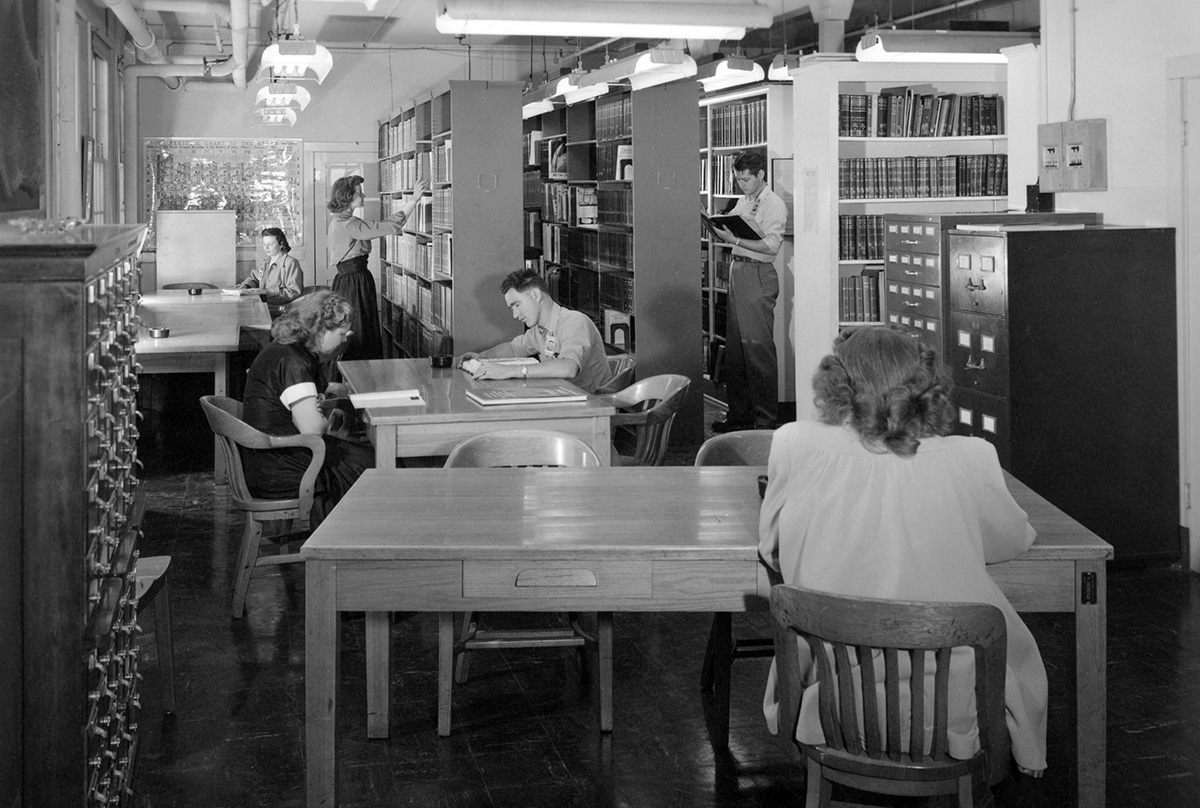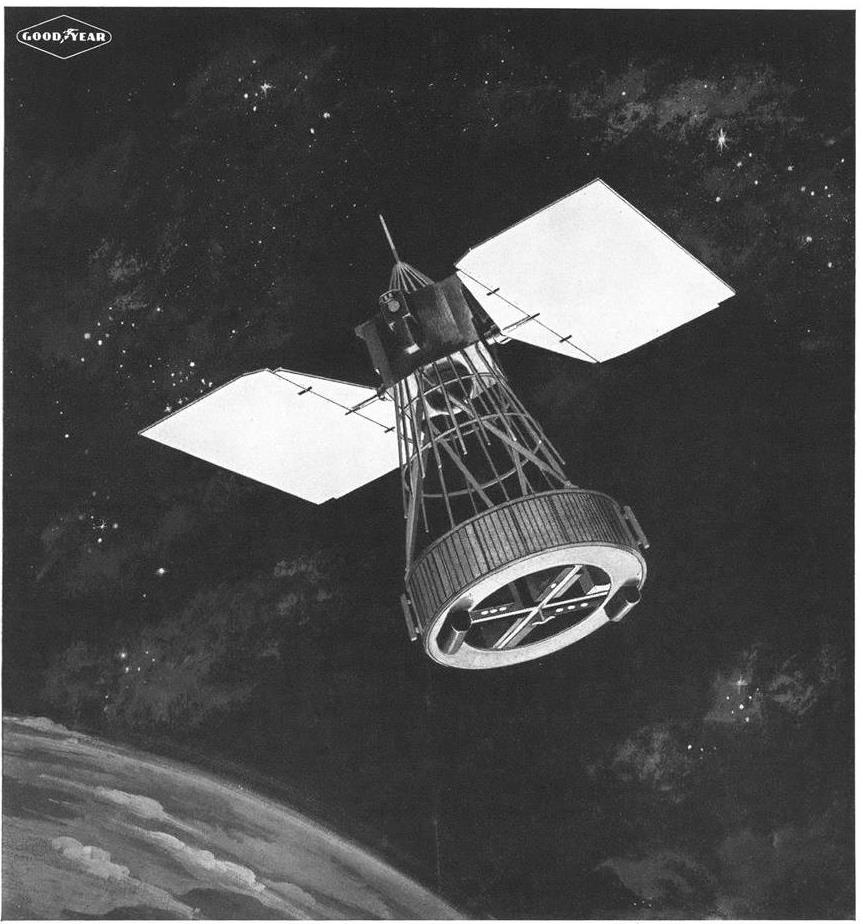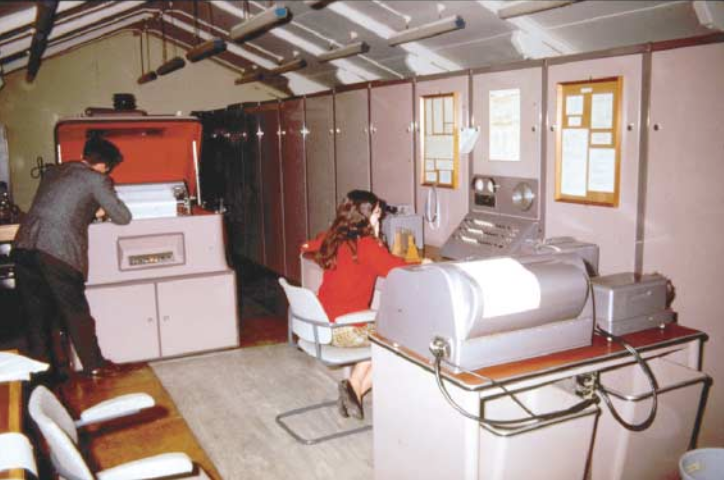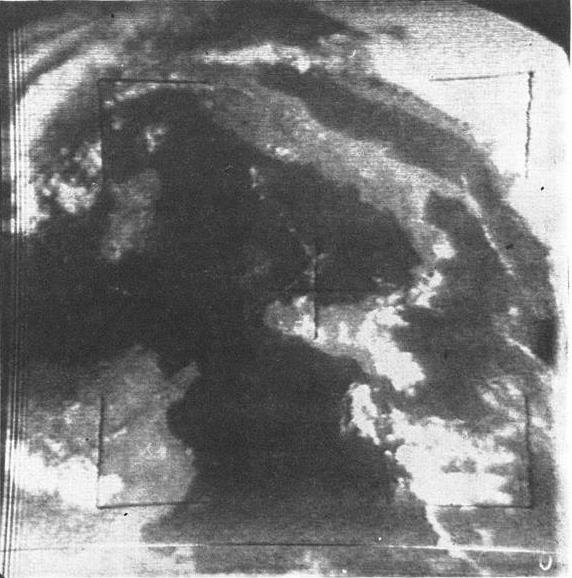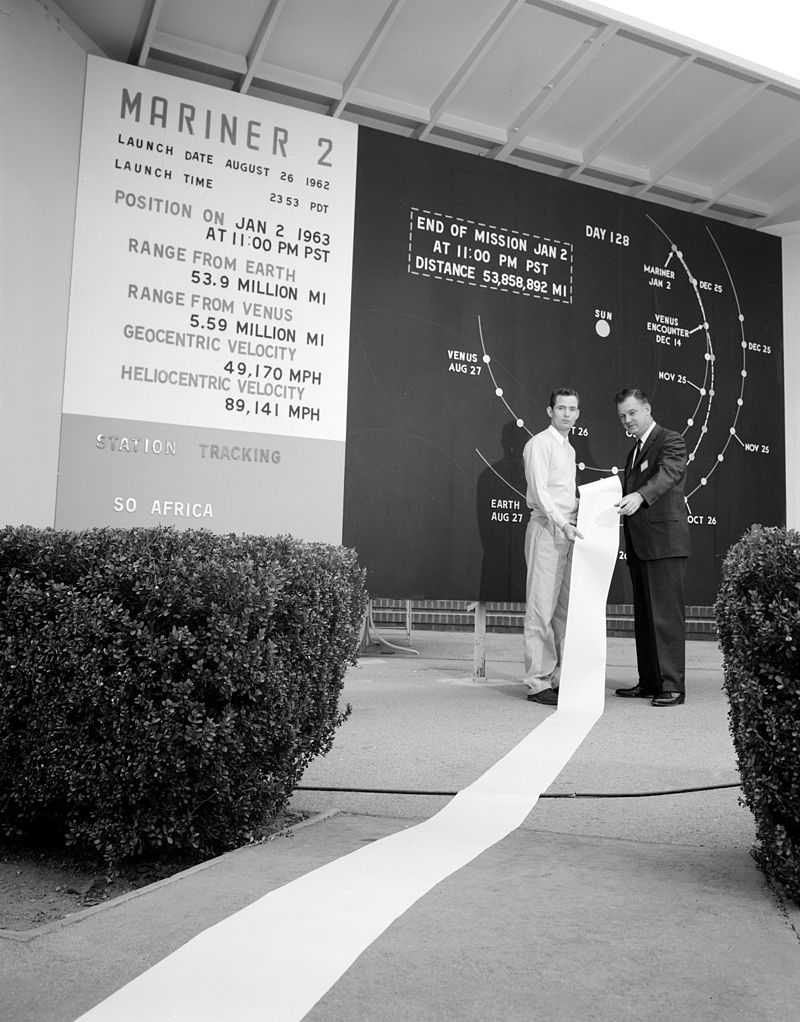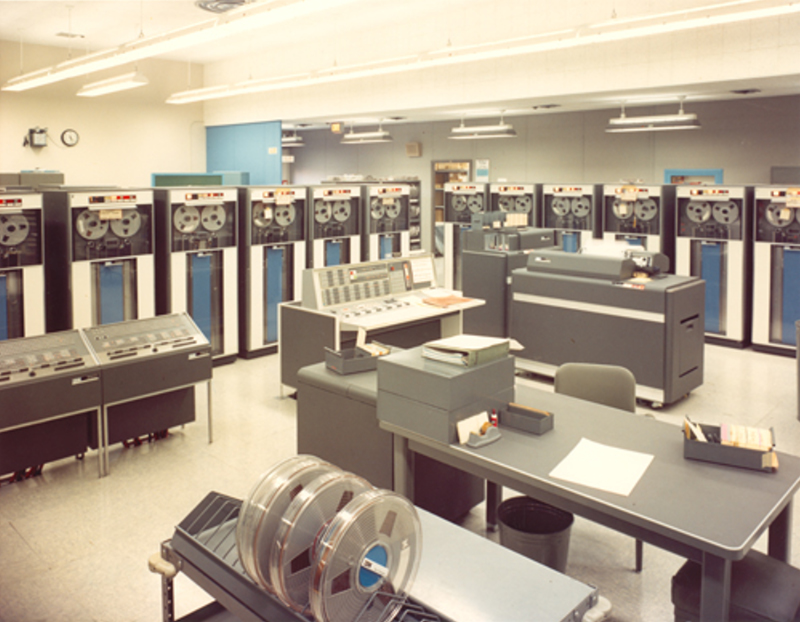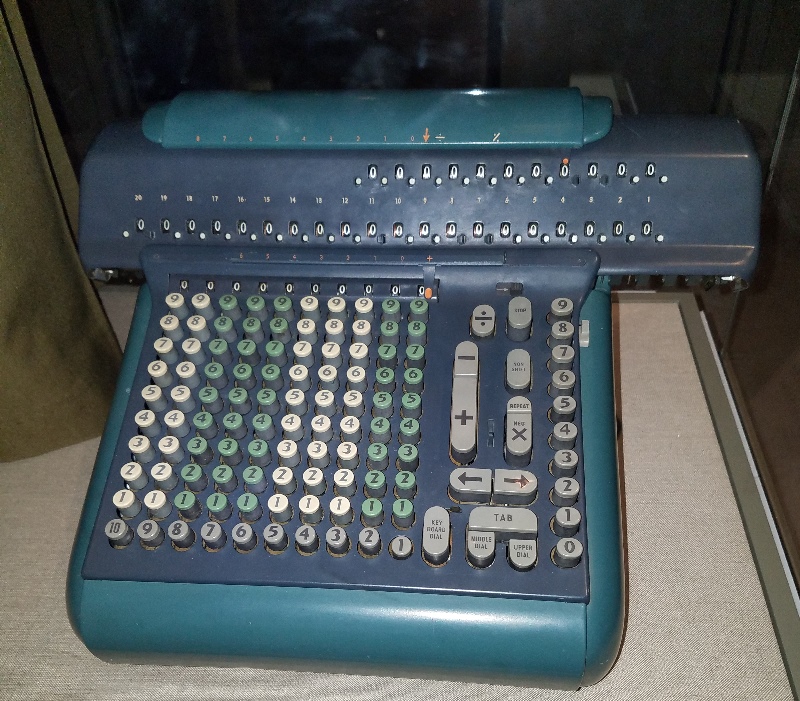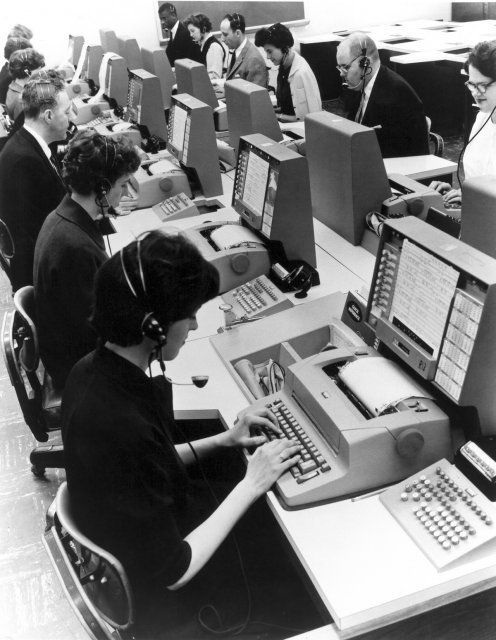
by Gideon Marcus
Gordo Cooper's 22-orbit flight in Faith 7 afforded America a rare monopoly on space news during the month of May. Now, a new Soviet spectacular has put the West in the shade and ushered in a new era of spaceflight.
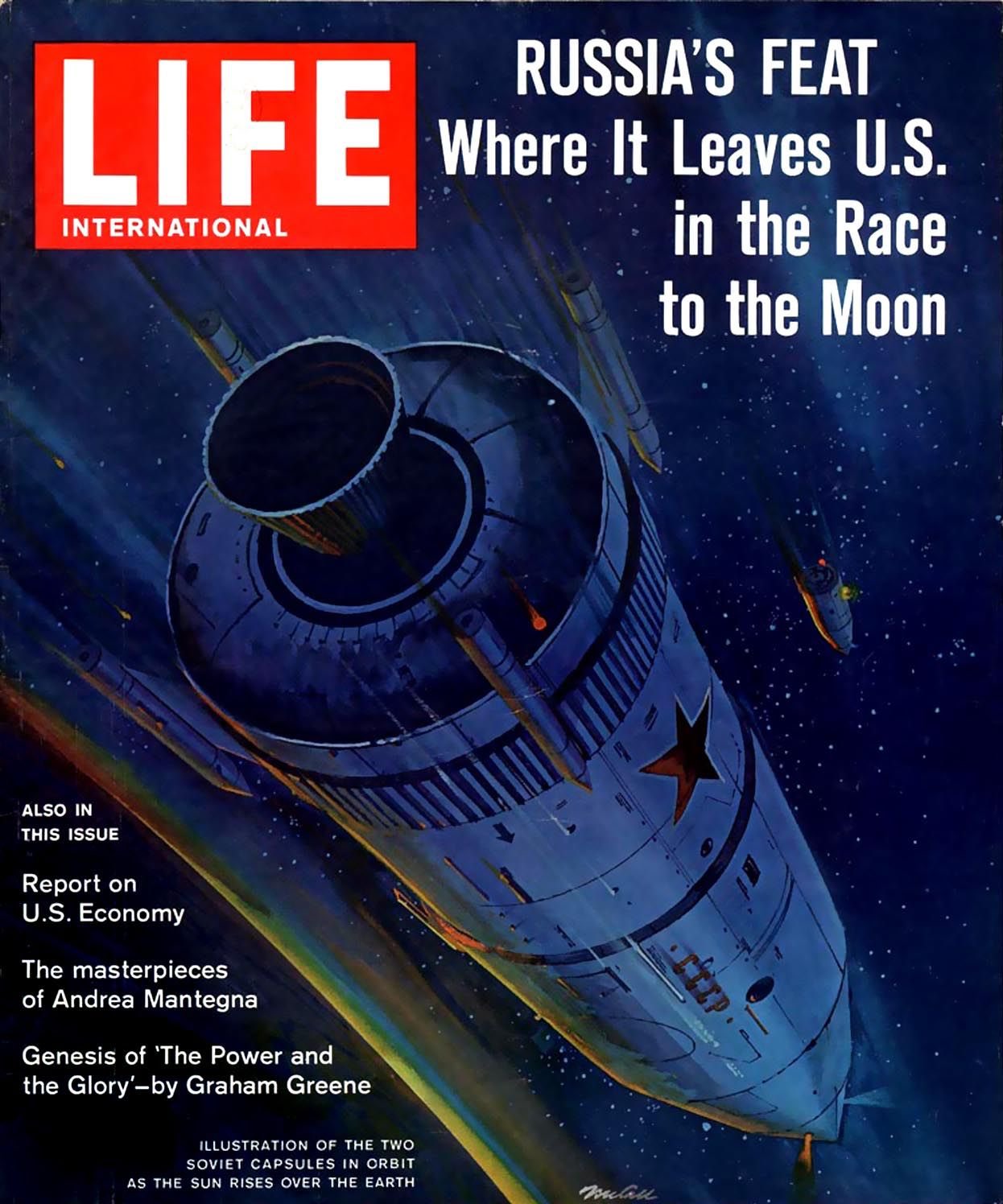
On June 14, Lt. Colonel Valery Bykosky zoomed into orbit atop the same type of rocket and in the same type of Vostok capsule that took his four predecessors to space. Call signed "Hawk," he circled the Earth for just a hair shy of five days, beating the previous record set by Andrian Nikolayev in Vostok 3 by a few minutes. Bykovsky conducted experiments, floated unstrapped from his seat a few times, ate, slept, and otherwise did the normal things one might expect of a cosmonaut. He landed early yesterday morning.

That's not the exciting bit.
Two days after Hawk's flight began, he was joined by "Seagull" in Vostok 6. As with the twin flights of Vostoks 3 and 4, Hawk and Seagull's trajectories were tailored to overlap so that the two spacecraft could get within hailing distance. They shared radio transmissions and reported observing each other. Vostok 6 landed around the same time as Vostok 5. In most ways, the mission of Hawk and Seagull marked no new ground over the previous joint mission.

Except one: Vostok 6 was crewed by Valentina Tereshkova, a textile worker from Moscow. She was the first woman and the first civilian in space.
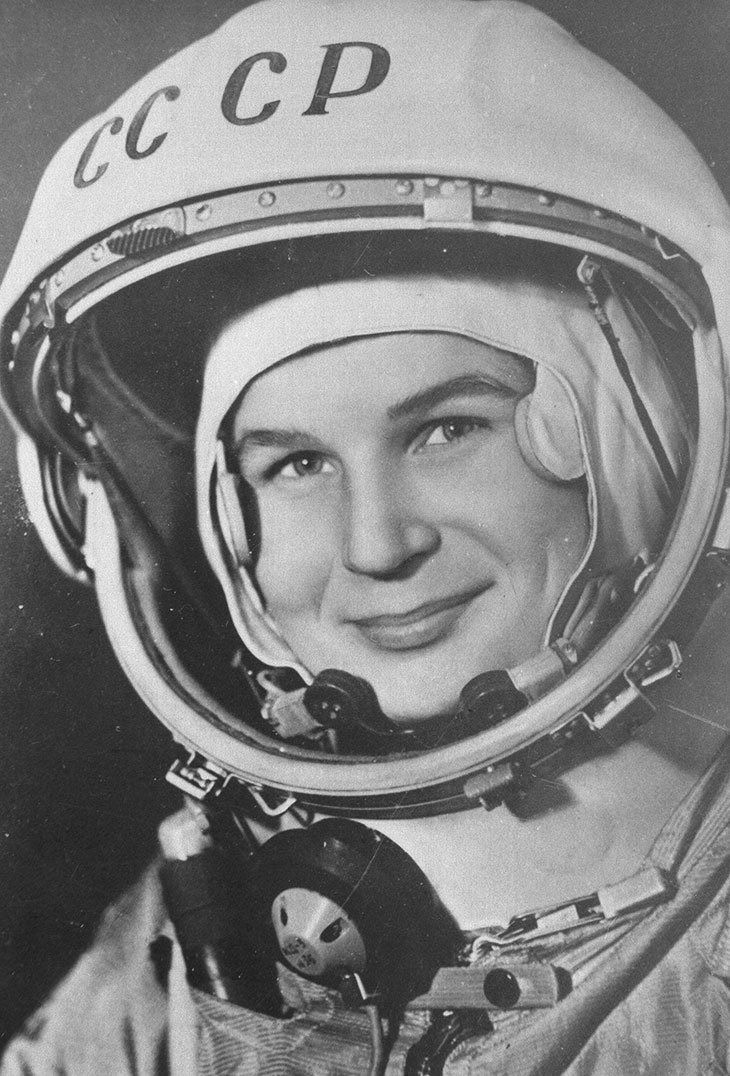
Let that settle in. There are a lot of ramifications.
When Project Mercury was established, NASA solicited applicants with a specific set of talents. They had to be male military test pilots with thousands of hours of jet experience. Seven were ultimately chosen, six of whom have flown.
Six Soviets have also flown. Five were male military test pilots, but the sixth had never enlisted. Tereshkova's closest relevant experience is that her hobbies included parachuting. That the Soviet space program anticipated and insisted on including a civilian woman is significant. Moreover, in her sole space flight, she logged more hours than all previous American astronauts combined.

You can call it a media stunt. You can sneer that the Vostok capsules are bigger and more automated and therefore Tereshkova's role was limited to that of a passenger, not a pilot. That's cold comfort, though. The fact is, the Russians are thinking long-term. They want to know how space affects men and women because they intend on not just conquering space but settling it. Furthermore, they are demonstrating that Communism is an equal-opportunity business. For all of our touting of democracy, America has no plans to let women join the space corps.

So let's tally where we are in the "manned" space race as of June 1963. The Americans have just finished the Mercury program, which had six flights, two of them suborbital. The longest mission lasted a day-and-a-half. There won't be another crewed flight until late '64, when the two-manned Gemini goes up.
Meanwhile, the Soviets launched six crewed Vostoks over roughly the same period. But, they got there "fustest with the mostest," (Gagarin went up a month before Shepard), all of the flights were orbital, Vostok has an endurance at least three times that of Mercury, the Soviets mastered the art of double-launching, and, of course, their program is sophisticated enough to accommodate a non-pilot. America may have been the first to break the sound barrier, but the Communists were the first to break the space gender barrier.

Our one consolation is that the near real-time appreciation of the Vostok flights was made possible by the existence of American communications satellites. The TV transmissions from Vostoks 5 and 6 were relayed across the Atlantic via Telstar. That's a pretty weak "yeah, but."
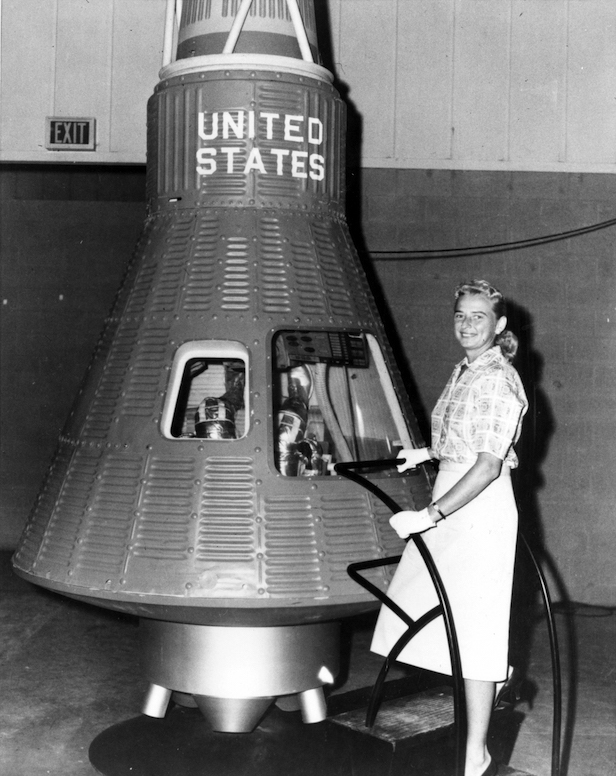
Here's a better one. Let's bring women into the astronaut corps. In fact, there is already a reserve of thirteen woman pilots who have voluntarily subjected themselves to and passed the same test regimen as the Mercury 7. Led by NASA consultant, Jerrie Cobb, they've been waiting in the wings for three years now. They are eager and fit to fly — all they need is the green light from the space agency. Given that the next class of astronauts will include civilians, there should be no barrier to letting one of these qualified women fly in Gemini and/or Apollo.
There shouldn't be…




